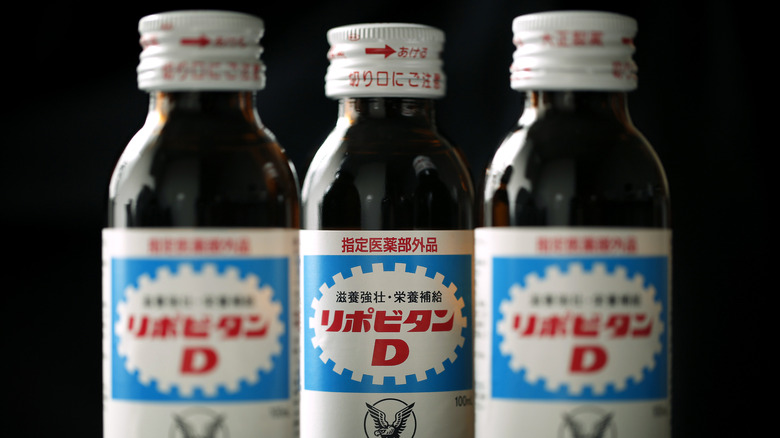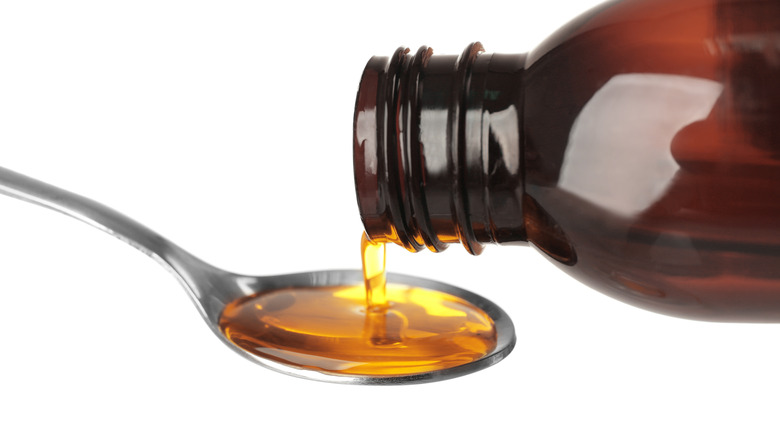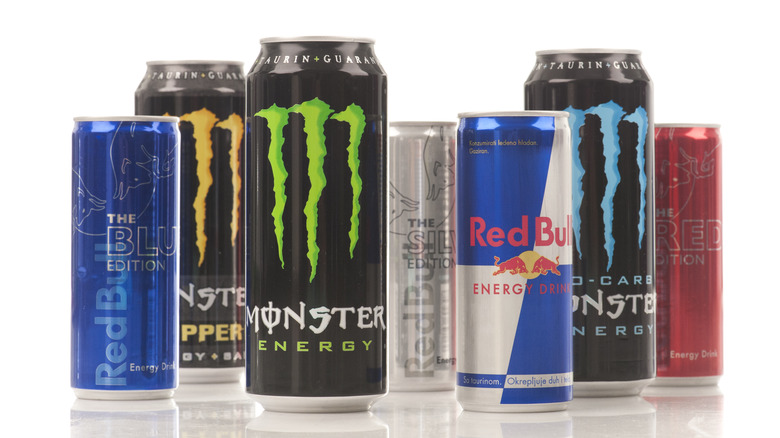The First Energy Drink Was Created In 1960s Japan
Amongst the changing landscape across the globe post-World War II was the growth of manufacturing production, a result of the worldwide economic boom. Seeking a solution to help shift workers that needed to stay alert for extended periods of time, such as truck drivers and factory workers, a company called Taisho pharmaceuticals in Japan created what can be considered the first energy drink. The drink, called Lipovitan, hit shelves in 1962. Its main ingredient was taurine, one of the primary ingredients in Red Bull that would follow many years later.
Lipovitan was marketed as an herbal energizing tonic and was the first beverage that was created for the sole purpose of boosting energy levels. This seemingly small move would end up creating an entire new and booming category in the global beverage marketplace that never ceases to stop expanding. To this day, Lipovitan has maintained its sales for over 60 years. Japan began exporting the drink in 1963, a year after its inception, and it is currently available in 12 countries.
The history of Lipovitan
Lipovitan did not look anything like a modern day energy drink. If anything it may have resembled the original Red Bull a bit in color. It was sold in small brown bottles, about the size of a minibar bottle, and was a bright, almost fluorescent shade of yellow. Basically, it looked like cough syrup and had a medicinal smell and similar viscosity, and it wasn't carbonated like most energy drinks are today.
One of the precursors to the surge in popularity to Lipovitan was government intervention and restriction of the use of amphetamines. The drugs were widely used during World War II by soldiers and civilians working long hours. Once restrictions set in, there was a gap in the marketplace for a safer and acceptable alternative.
The primary ingredient, taurine, is an amino acid found in animal proteins. It helps with our body's energy production as well as balancing fluids, salts, and minerals, while also having a calming effect that counteracts the buzz of the caffeine. The company's strongest versions of the energy drink contain up to 3,000 milligrams of taurine.
How the energy drink era has evolved
Lipovitan was introduced to Thailand and after a couple iterations evolved into what we now know globally as Red Bull. The canned bubbly drink began to spread throughout Europe, becoming increasingly popular along the way. In the United States, the first beverage to resemble an energy drink came about in 1949. It was called Dr. Enuf and contained caffeine plus vitamins. The drink never really took off and the concept of an energy drink was not revisited here until the 1980s. Jolt Cola was then created to compete with coffee and contained double the amount of caffeine plus sugar.
By the end of the 1990s, Red Bull was introduced to the U.S. and was an instant hit. The energy drink opened the gates to a burgeoning new beverage market that has remained popular to this day. Monster, Rockstar, and 5-Hour Energy are all going strong, however, the current trend in the category seems to be moving towards the more natural, wellness market with emerging brands like Celsius, Zevia, and Guayaki Yerba Mate taking center stage.


